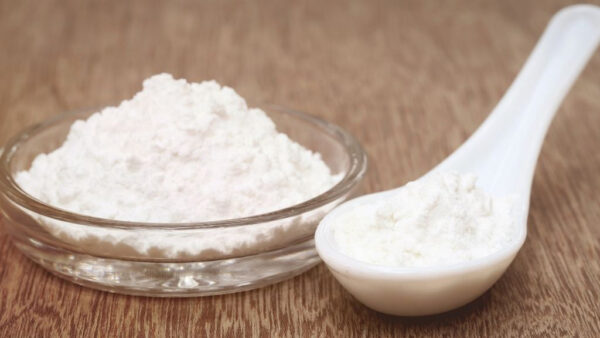Now you’re thinking you have no idea. But you have used Talcum powder once or twice, which is most often made of Talc, also known as soapstone. However, this is just one use of many. It can also be found in food products, paints or plant protection products. Well, that sounds pretty interesting!
If you want to know more about Talc, read on:
What is Talc?
Talc or soapstone is a sheet silicate mineral that can be easily ground to powder form. It is also known as hydrated magnesium silicate. It was formed by the direct transformation of rocks containing minerals rich in magnesium oxide, and it is also mined in Hungary. Talc has a layered structure like coal, so the same technology is needed to extract it. It is usually already ground in the mine to a fine powder, then transported to be used in various industries.
Properties of Talc
Talc crystals are soft, greasy, easy to grind and insoluble. The human body is unable to absorb and utilize Talc, so it is excreted unchanged. Talc has a greasy feel, it’s water-repellent, a good electric insulator, white in colour and odourless. Talc is absorbent and is therefore widely used in the cosmetics industry. In powdered foods, it prevents food particles from sticking together, so the food industry uses it mainly as an anticaking agent.
Uses of Talc
Cosmetics industry
Talc is best known as a raw material for baby powders, but it is found in almost all powdered cosmetics, including face powders, eyeshadows and blushes. In addition, it is also used in the manufacture of deodorants due to its excellent absorbent properties.
Food industry
In the food industry, it is used as an anticaking agent and is one of the additives. You will find it as E553b. Its use is only allowed in certain foods. These include spices, dried, powdered foods, grated or sliced cheeses, food supplements, chewing gum, rice, sausages, table salt and certain salt substitutes. Talc is subject to quantitative limits in certain foods but not in others. In addition, Talc can be found in colouring agents and is even used as a polish. When food packaging is treated with Talc, the food does not stick to the packaging.
Plant protection products
Talc is used primarily to treat fungal infections and to keep mites and insects away. It is administered as a spray suspension. Its biggest advantage is that there is no withdrawal period.
Plastic industry
The beneficial properties of Talc are best used in thermoplastics, it contributes to the increase in stiffness, flexural strength and dimensional stability, and it improves the thermal conductivity or surface hardness of the profiles. Granules are usually used as additives in the manufacturing process.
Stoves and fireplaces
Soapstone has an excellent heat capacity so it’s easy to carve. Its role in stove and fireplace construction dates back to more than a thousand years!
Other uses
In addition to the previously listed industrial applications, Talc is used in the pharmaceutical industry, as an additive in ceramic manufacture, in the manufacture of textiles and rubber, in the manufacture of paints and as a filler in synthetic resins. It is also used for tool maintenance, but people who like sewing are also familiar with it as the drawing chalks are made from Talc.
Allegations, investigations, compensations
If you’ve heard of Talc, you have probably heard about this story too. In 2018, Johnson & Johnson, the world’s largest manufacturer of baby powder, paid more than $ 4 billion in compensation to 22 women who suffered from ovarian cancer because of their Talcum powder. According to the documents, the manufacturer was aware that the Talc used as a raw material for the baby powder was contaminated with asbestos but did not inform customers.
So, the problem wasn’t Talc, but the possible contamination of the material. Talc is commonly found in nature together with the highly carcinogenic asbestos. So it is the manufacturer’s responsibility to ensure that the product is asbestos-free. According to WHO, if Talc contains asbestos-like fibres and if the product is used for a long period for feminine hygiene purposes, a carcinogenic effect is possible. However, it’s complicated to study this effect of the product. Because ovarian cancer is a very rare disease, it’s almost impossible to do a comprehensive study since only a small percentage of women affected are likely to use Talcum powder in their intimate areas.
After the allegations surfaced, not only Johnson & Johnson was negatively affected, but also other cosmetic giants. Many of them, like Revlon and Chanel, have discontinued some of their Talc-containing products, not because they pose a health risk, but because the demand for them dropped dramatically.
The Hungarian Pharmacopoeia states that “Talc from an asbestos-containing site may not be used for medical purposes” and the manufacturer is responsible for verifying that the product is asbestos-free. We can be hopeful that this is not only true for Talcum used for medicinal purposes, but for any uses for the soapstone to be contaminated with asbestos.


